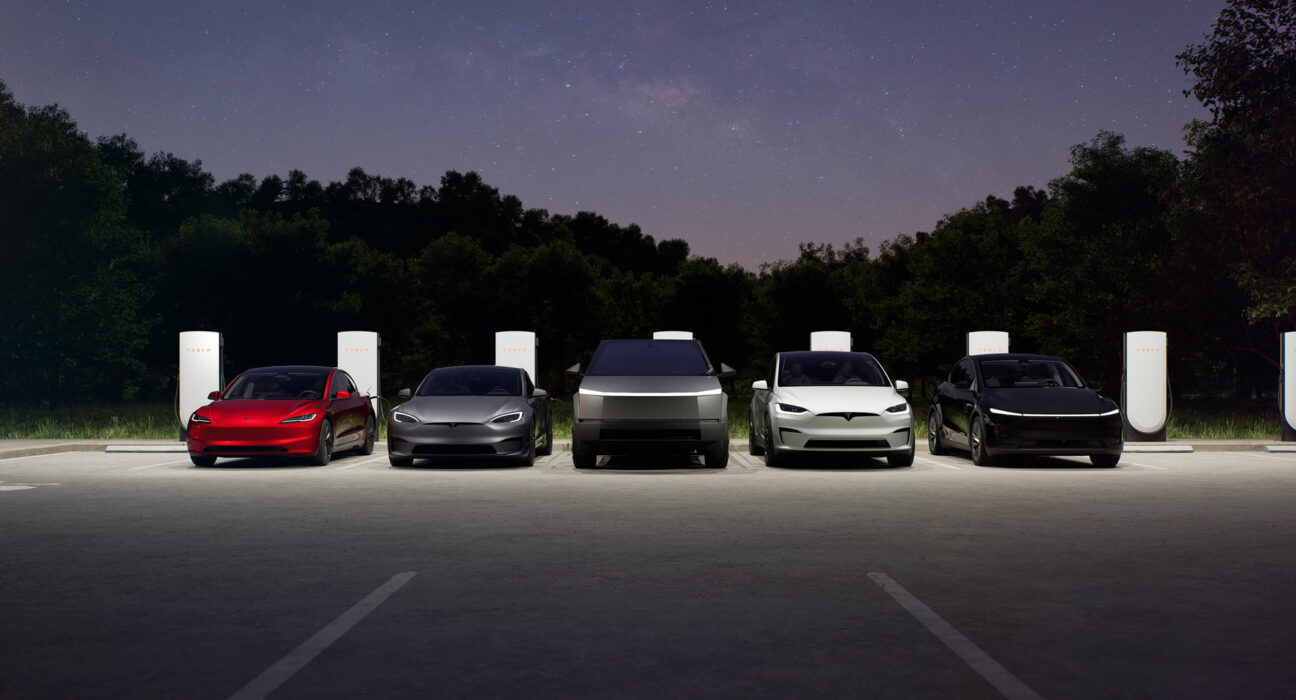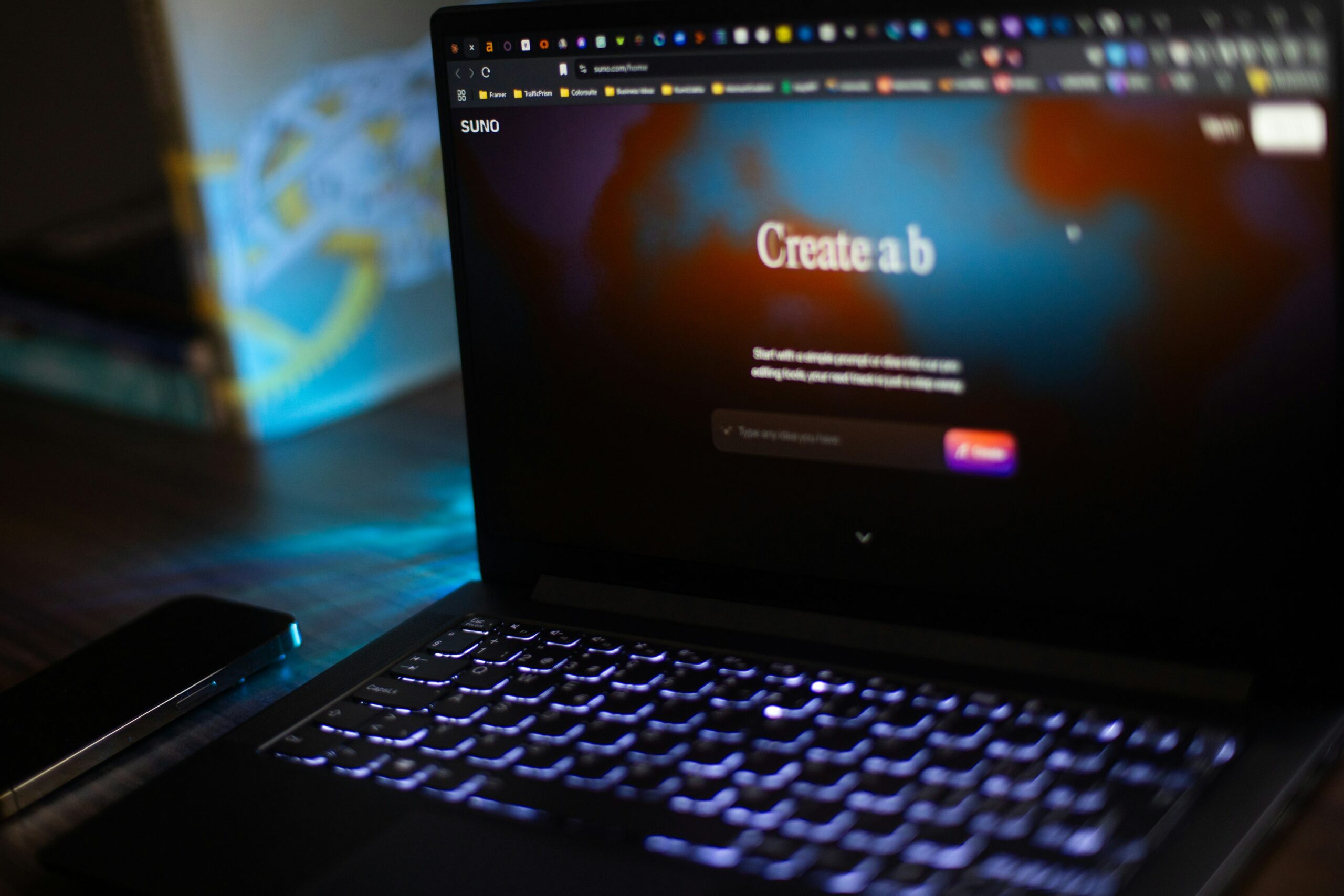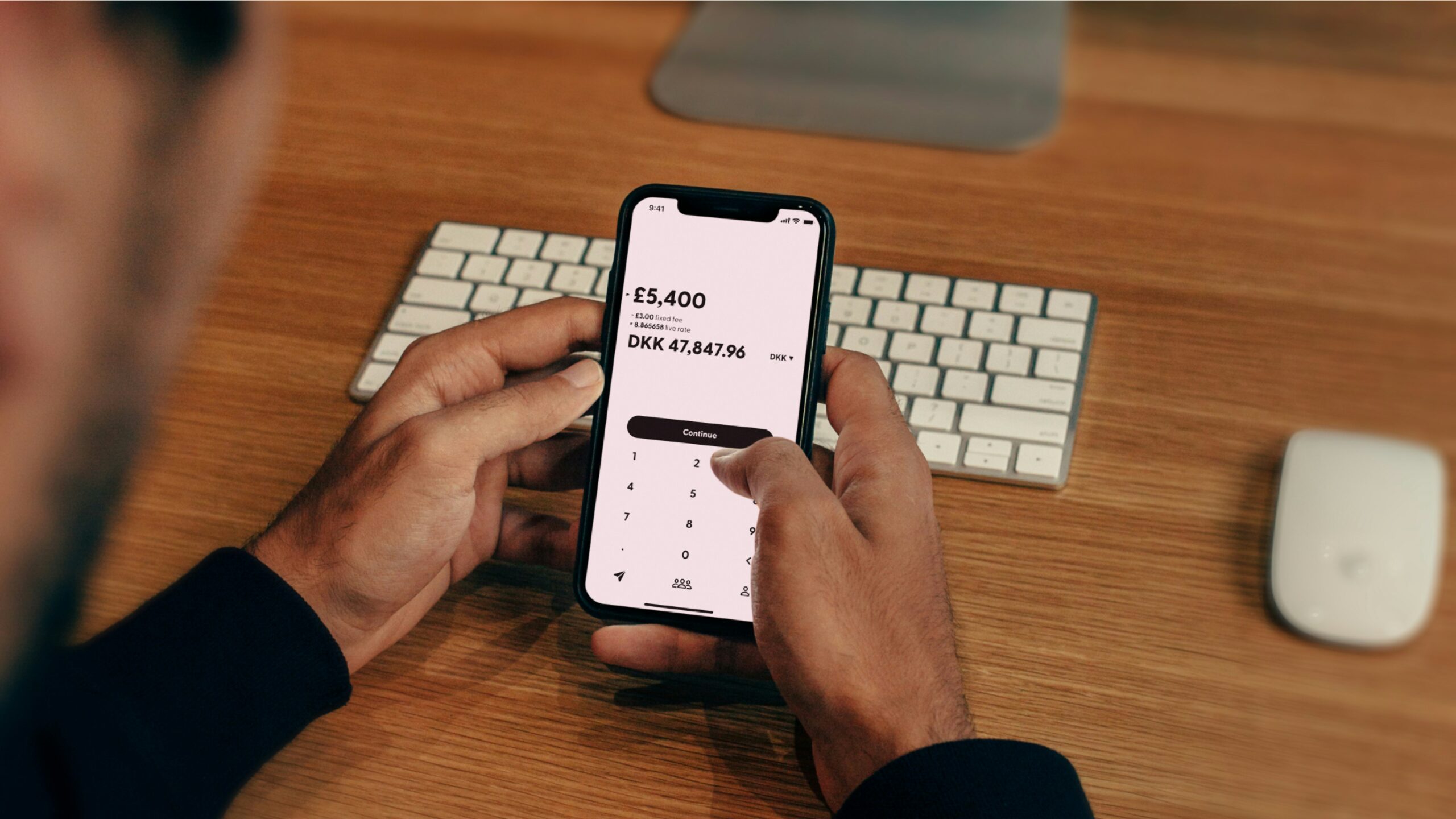Imagine earning money from your car while you sleep, as it drives itself around giving people rides. This futuristic scenario is on the verge of becoming reality, thanks to Tesla’s advances in Full Self-Driving (FSD) technology and ambitious plans for autonomous “robotaxi” services. Tesla owners may soon be able to treat their vehicles like self-driving Ubers – an automated side hustle generating passive income with minimal effort. This article explores the current state of Tesla’s FSD, Elon Musk’s robotaxi vision, how a Tesla ride-share network might work, potential earnings for owners, and the legal/ethical roadblocks along the way.
Tesla’s Full Self-Driving: State of Play
Tesla’s Full Self-Driving (FSD) system has come a long way, but it’s not yet the hands-free autopilot many envision. As of 2024, thousands of Tesla owners are beta-testing FSD on public roads, allowing the car to automatically steer on city streets, change lanes, obey traffic lights, and navigate to destinations. However, the feature is still officially classified as Level 2 driver assistance – meaning the human driver must remain attentive and ready to take over at any moment. In fact, Tesla’s own disclaimer warns that FSD “may do the wrong thing at the worst time”, so the driver must supervise at all times. In practice, that means Tesla owners can’t nap or read a book while FSD is engaged – yet. The system often impresses with its AI-driven driving abilities, but it also makes mistakes, and safety drivers routinely have to intervene to prevent erratic maneuvers.
Why isn’t FSD fully autonomous already? The challenge of safe self-driving is “wickedly difficult and expensive”. Unlike rival autonomous car programs that use an array of lidar, radar, and HD maps, Tesla has bet everything on vision-only technology – eight cameras and neural-network AI, without costly lidar sensors. Elon Musk argues that if humans can drive with just eyes and a brain, cars should manage with cameras and a powerful computer. This pure vision approach has yielded rapid improvements (Tesla pushes frequent software updates to FSD beta), but many experts remain skeptical that it can reach true Level 4/5 autonomy as quickly as Tesla hopes. For now, FSD is impressive driver-assist tech – even capable of completing some drives with zero interventions – but it’s not reliable enough to be called “self-driving” in the truest sense. Regulators agree: Tesla informed California DMV that FSD, as currently deployed, is not capable of full autonomous operation without human oversight.
Musk, however, insists that a breakthrough is always just around the corner. He has repeatedly touted an upcoming FSD version (v12, at last count) that will be a “step-change improvement,” moving Tesla closer to cars that drive themselves with no human input. Each year since 2018, Musk has optimistically predicted that fully autonomous Teslas were only a year or so away – and each year, reality has fallen short. Nevertheless, Tesla’s FSD beta has expanded widely (in late 2022 it became available to any North American owner who paid for it), and the company remains laser-focused on achieving true self-driving. The current state of play: Tesla cars can handle many drives on their own, but a human driver is still legally and technically required behind the wheel. The next leap is to remove that safety driver entirely – and that’s where the robotaxi concept comes in.
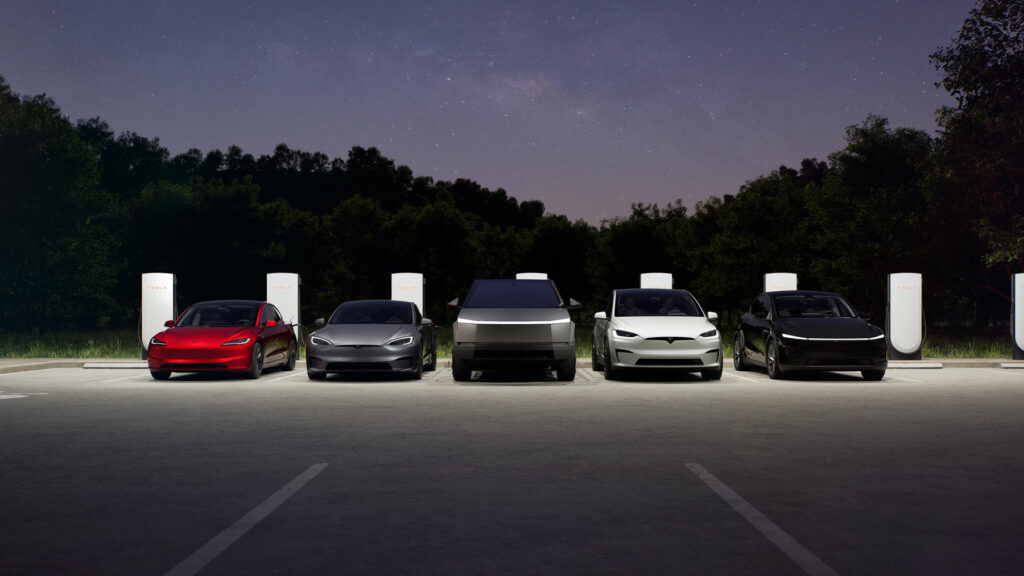
Elon Musk’s Robotaxi Ambitions
Elon Musk has been talking about Tesla “robotaxis” for years, painting a future where Teslas drive around autonomously, earning money for their owners. Back in April 2019, at Tesla’s Autonomy Day event, Musk boldly claimed: “Next year, for sure, we will have over 1 million robotaxis on the road.” Needless to say, 2020 came and went with zero Tesla robotaxis. It wasn’t the first missed prediction – and it wouldn’t be the last. Musk’s timelines for self-driving have consistently been overly optimistic. By now even avid Tesla fans joke about the perennial promise that true autonomy is always “next year.”
That hasn’t stopped Musk from doubling down on the vision. In 2019 he also told investors that buying any car other than a Tesla would soon be “financially insane”, because once full self-driving is solved, Tesla vehicles could earn their keep as autonomous taxis. He suggested that a Tesla operating in the planned ride-hailing network might generate roughly $30,000 in profit per year for its owner. Musk even mused that widespread autonomy could make Teslas appreciate in value – a far cry from normal cars that depreciate over time.
Fast-forward to today: Musk’s enthusiasm is undimmed, and Tesla is actively preparing for a robotaxi future. In late 2024, Musk revealed Tesla is developing a dedicated robotaxi model (codenamed “Cybercab”) with no steering wheel or pedals, optimized for autonomy and mass ride-hailing. He expects the Cybercab to enter production by 2026. In the meantime, Tesla plans to leverage its existing models (like the Model Y and Model 3) to kick-start robotaxi services. On a January 2025 earnings call, Musk announced Tesla will begin launching unsupervised FSD in certain U.S. cities within months – starting with Austin, Texas by June 2025. “These Teslas will be in the wild with no one in them in June,” Musk said, emphasizing that this isn’t some far-off dream but “literally five, six months away.” He claimed thousands of Teslas would operate as driverless taxis in the company’s hometown (Austin) and other cities by the end of 2025, with owners able to add their personal vehicles to the fleet by 2026. Musk likened the concept to Airbnb – just as people can rent out their homes when not using them, Tesla owners could “add their vehicle to the robotaxi fleet when they are out of town” and make money from it.
Such statements, while exciting, are met with a healthy dose of skepticism. Musk himself acknowledged he’s been “too optimistic with time frames” before. Even Tesla’s investors have heard these promises on repeat. (Indeed, Musk’s 2019 “million robotaxis” pledge was explicitly recalled on a 2025 investor call.) Still, the tone has shifted in recent months from pure speculation to concrete (if still ambitious) plans. In April 2025, Musk went so far as to say the “acid test” for Tesla’s self-driving will be whether you can “go to sleep in your car and wake up at your destination” – and he expressed confidence that this feat would be achievable “in many cities” by the end of 2025. Looking to 2026, Musk predicted “millions of Teslas operating fully autonomously in the second half of next year.” It’s an audacious timeline, no doubt. Tesla has missed self-imposed deadlines before, but if even a portion of these robotaxi projections materialize, we’re about to witness a profound shift in how Tesla cars are used.
How Would a Tesla Robotaxi Network Work?
How exactly does one turn a personal car into a self-driving taxi? Tesla’s plan involves a platform often dubbed the “Tesla Network.” This would be a ride-hailing service, similar in concept to Uber or Lyft, but using Tesla vehicles that drive themselves. The unique twist is that any Tesla owner with the required FSD capability could participate. Via the Tesla mobile app, an owner could “tap a button” to send their car off to work in the ride-share fleet when they don’t need it. For example, in the morning you ride your Tesla to the office, and instead of sitting parked all day, your car could spend the next 8 hours autonomously ferrying passengers for a fee. By the time you’re done with work, the car returns to pick you up, having made money in your absence. It’s essentially Uber without the Uber driver – you are the owner, Tesla provides the self-driving tech and the app to connect with riders.
Tesla teased a ride-hailing app concept back in 2019, envisioning owners dispatching their cars as robotaxis. Through the Tesla app, an owner could summon their vehicle or release it to give autonomous rides, much like an “Uber meets Airbnb” for cars.
From a user’s perspective, hailing a Tesla robotaxi would feel much like ordering an Uber. You’d request a ride via the app, and a driverless Tesla (potentially someone’s personal vehicle) would pull up to take you to your destination. Payment would be handled through the app, and the fare might be cheaper than a typical Uber, since there’s no human driver to pay – only the car’s operating costs and a cut for the vehicle’s owner and Tesla. Musk has described the service as a blend of Uber and Airbnb models: Uber’s on-demand ride platform, but with owners renting out their cars akin to Airbnb hosts renting their homes. Owners could toggle their car’s availability, setting it to “Robotaxi mode” whenever they’re not using it (overnight, during work, or while on vacation). Tesla would likely take a percentage of each fare as the platform provider, while the rest goes to the car’s owner.
Operationally, there are still many details to iron out. For instance, how will these unmanned vehicles handle practical issues like keeping the car clean or charging the battery? Tesla will need systems to deal with riders who make a mess, damage the vehicle, or leave personal items behind. One possibility is that Tesla (or third-party services) might operate hubs where robotaxis can periodically get cleaned and recharged. Some investors have raised questions about scenarios like vandalism – e.g. what if a passenger breaks the touchscreen or a window when no one else is in the car? Tesla will have to build in safeguards, such as interior cameras to monitor passenger behavior, and robust insurance or support to handle repairs. Another unknown is whether Tesla will initially operate its own fleet of company-owned robotaxis to ensure quality control, or rely entirely on private owners. Recent comments by Musk hint that early deployments (such as the pilot in Austin) might start with a small fleet of Tesla-owned vehicles – he mentioned beginning with 10–20 Model Y’s in Austin to test the service, then “scaling up rapidly”. Over time, as confidence in the system grows, Tesla owners could be invited to volunteer their cars into the network.
From the owner’s standpoint, the ability to “send my car out to work” is extremely appealing. It effectively treats the vehicle as an investment or an income-producing asset instead of an idle depreciating machine. Many owners might gladly let their $50,000 Tesla roam the streets making money instead of sitting parked 95% of the time. It’s also a convenience win for riders, who would gain another rideshare option – one with a sci-fi flair (no driver!) and potentially a lower fare. Tesla’s internal data advantage could allow them to optimize routing and utilization in ways Uber and Lyft cannot, since Tesla will know where every available car is and can reposition idle cars intelligently. Of course, all this hinges on one thing: Tesla’s self-driving tech working safely without human babysitters. Until that is proven, the Tesla Network can’t truly take off.
Passive Income Potential for Tesla Owners
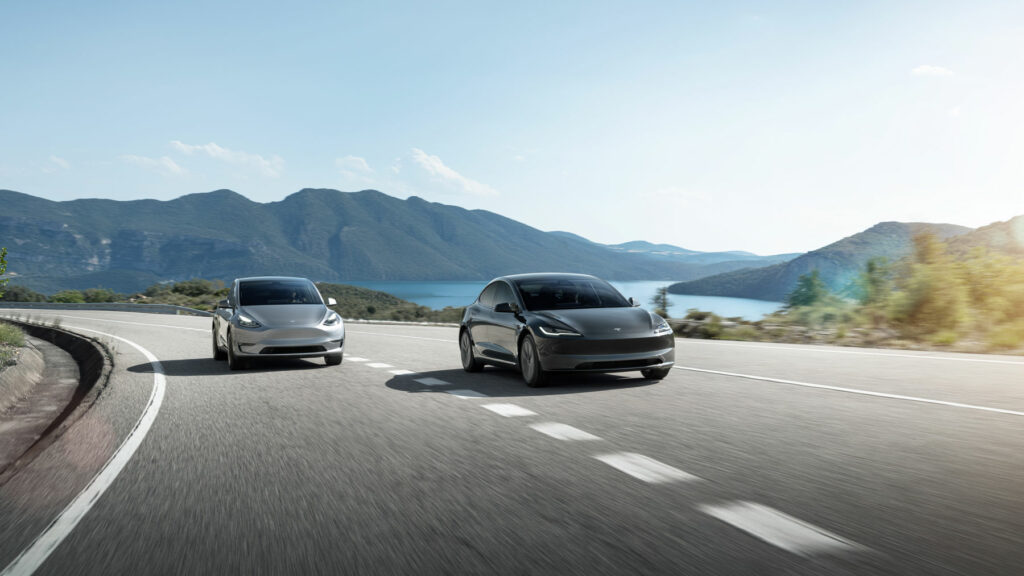
For Tesla owners, the robotaxi network promises a new form of passive income – earning money with minimal active effort. Musk has hyped this aspect heavily, suggesting that robotaxi-enabled Teslas could even pay for themselves. At one point he declared it would be “financially insane” to buy any car other than a Tesla, given the earning potential once autonomy is solved. The oft-quoted figure from Tesla’s 2019 presentation was up to $30,000 per year in gross profit per car on the robotaxi network. In theory, an owner could clear a few hundred dollars a week by letting their car give rides when they’re not using it – which might cover the car’s lease/loan payments and then some.
How realistic are those numbers? Let’s break it down. If a Tesla gave, say, 5 or 6 rides a day at an average fare of $10–$15, it might earn on the order of $50–$90 a day. Over a year, that’s in the ballpark of $18,000–$33,000 in gross revenue, which aligns with Musk’s projections. In dense urban areas with high demand, one car could potentially do even more rides, especially if operating nearly 24/7 (with downtime only for charging and maintenance). Tesla, of course, would likely take a cut (perhaps 20–30% similar to Uber’s cut from drivers), and the owner must cover costs like electricity to charge the car, wear-and-tear, and higher insurance premiums. Even then, the net earnings could be substantial. Optimistic scenarios envision a future where your Tesla not only pays its own mortgage but actually turns a profit for you each year. It’s essentially a robotic side hustle for car owners.
However, one must also consider the costs and practical limits. For one, using your car as a taxi will rack up mileage and accelerate depreciation. The car might need more frequent servicing – tires, brakes (though regenerative braking on EVs reduces brake wear), and general repairs from the heavy use. Owners will need to factor in those expenses when calculating net income. Insurance is another major factor. Personal car insurance typically doesn’t cover commercial use or autonomous operation. Today, rideshare drivers have to buy special policies or add-ons to cover using their cars for Uber/Lyft. An autonomous taxi might require even more specialized coverage. Industry analysts warn that insurance costs could eat into robotaxi earnings significantly. Teslas are already more expensive than average to insure (a Model 3’s annual insurance cost is about $2,200, versus $1,800 for a typical car). If insurers deem driverless operation high-risk, premiums could skyrocket, reducing owners’ profits. It’s possible Tesla will extend its own in-house Tesla Insurance product to robotaxi owners, potentially leveraging the detailed driving data to offer competitive rates. But as of now, even insurance experts admit they “have yet to fully embrace autonomous technology” and lack models to price that risk. Without affordable coverage, a fleet of self-driving Teslas can’t legally hit the road.
Another consideration is utilization: not every owner will live in an area with heavy ride demand. A Tesla in a small town might not get many fares, whereas one in San Francisco or Austin could be busy constantly. This could create an income disparity where urban Tesla owners earn far more from the network than suburban/rural owners. Tesla might encourage owners in cities to participate by highlighting the lucrative opportunity, whereas in low-demand regions the feature might be less useful. There’s also the human factor – some owners might be hesitant to let strangers ride in their personal car with no supervision. Concerns about interior damage, mess, or security could dissuade people from opting in. Over time, positive experiences and financial incentive may win them over, but it’s not a given that every Tesla owner will want to be an unpaid taxi fleet operator.
All told, the passive income potential for a willing Tesla owner is real but will vary. In the rosiest case, a robotaxi-enabled Tesla could generate tens of thousands per year, effectively turning your car into a semi-automated rental business. In more conservative cases, it might just offset your car payments and maintenance – still a welcome perk. It’s clear why the idea is so enticing to Tesla enthusiasts and personal finance hawks alike: an asset you already own could start paying you back, redefining the cost-benefit of car ownership. If this comes to fruition, a Tesla might be viewed not just as a vehicle, but as an investment that yields returns – a concept that could upend the traditional depreciating asset view of cars.
Roadblocks: Legal, Technical, and Ethical Challenge
Before we all start counting our robotaxi dollars, it’s important to acknowledge the many hurdles that Tesla’s self-driving ride-share vision faces. Some are technical – making sure the cars can truly drive safely with no human in the loop. But equally daunting are the legal and ethical challenges of deploying autonomous taxis at scale.
Regulation is a major roadblock. In the U.S., autonomous vehicles are subject to a patchwork of federal and state rules. There’s no blanket federal approval yet for fully driverless ride-hailing; instead, companies must navigate state-by-state laws and obtain special permits. For example, California (one of Tesla’s biggest markets) requires specific permits from the DMV and the Public Utilities Commission to operate driverless cars for hire. As of 2025, Tesla has only begun the process – it secured an early pilot permit in California that allows using autonomous vehicles for employee shuttling, but not carrying paying members of the public. To actually run a robotaxi service open to riders in California, Tesla will need additional approvals, the same way Waymo and Cruise had to undergo multi-step regulatory scrutiny. Other states like Arizona and Texas have been more permissive with AV testing, which is likely why Tesla chose Austin for its first launch. Even so, launching a “paid robotaxi service” by mid-2025 in Texas (as Musk aims to) will require cooperation with local authorities. There’s also the question of federal safety standards – Tesla might eventually need waivers for vehicles without steering wheels or other conventional controls (for the future Cybercab model), since current safety rules assume a human driver present.
Liability and insurance loom large as well. In a driverless taxi scenario, if an accident occurs, who is responsible? Traditional law would point to the vehicle’s owner – but if the car was driving itself under Tesla’s software, one could argue Tesla (the manufacturer or software provider) bears some responsibility. This gray area hasn’t been fully tested in courts. Likely, Tesla will require owners opting into the network to carry robust insurance and agree to certain terms that protect the company. Nonetheless, as one industry lawyer put it, “the owner of the robotaxi would be responsible for insurance coverage on the vehicle” in the current legal framework. Over time, if autonomous driving proves safer than human driving, liability might shift more toward the product (similar to how an elevator company might be liable if its automated elevator fails). But initially, expect a conservative approach where owners must maintain insurance and Tesla carefully monitors the performance of the system.
Technically, Tesla still has challenges to solve to make unsupervised driving viable. The FSD software will need to handle edge cases and odd scenarios flawlessly – from unprotected left turns across traffic (a notoriously tricky maneuver) to encountering police directing traffic, or unusual road hazards. Competing robotaxi services like Waymo have tackled this by limiting operations to specific cities and geofenced areas that were rigorously mapped and tested. Tesla’s strategy is to roll out broadly, which is ambitious. The company boasts a massive fleet data advantage (over 4 billion miles driven on Autopilot/FSD, by some counts) and a powerful AI training supercomputer to improve the system. But to date, no one has achieved full Level 5 autonomy everywhere. Even Waymo and GM’s Cruise, which operate genuine driverless taxis today, do so under constraints – specific cities/neighborhoods, good weather conditions, etc. Notably, Waymo has robotaxis roaming Phoenix and San Francisco with no safety drivers, successfully carrying passengers. Those cars, however, are loaded with sensors (lidar, radar, etc.) and benefit from years of mapping and rule-tuning for local streets. Tesla will need to prove that its vision-only approach can match or exceed that level of safety across diverse environments. It’s a tall order, and until it’s clearly met, regulators will be cautious about green-lighting widespread robotaxi use.
A Waymo driverless taxi (Jaguar I-Pace) navigates Los Angeles traffic with no human at the wheel. Companies like Waymo and Cruise have already deployed autonomous ride-hailing in limited areas, using vehicles equipped with lidar and other sensors. Tesla hopes to achieve the same outcome with millions of owner-driven cars – but using only cameras and AI, which some experts argue is a riskier approach.
Beyond the legal and technical, there are ethical and societal considerations. One concern is safety and public trust: Will people be comfortable riding in a car with no driver? Surveys show mixed feelings – some riders love the novelty, others are nervous about the what-ifs (what if the car malfunctions? what if there’s an emergency?). Tesla’s reputation for pushing beta software to the public could come under fire if a high-profile incident occurs with a driverless Tesla. Already, Tesla has faced criticism for testing FSD beta on public roads with regular drivers as overseers. Launching a commercial robotaxi service ups the stakes – any crash or mishap will be scrutinized intensely. Ethically, Tesla must ensure that the system is safe enough to not put passengers and other road users at undue risk. This means extensive validation and perhaps more transparency on FSD’s capabilities and limits. It’s worth noting that in California, companies like Waymo have to report “disengagements” (instances where the human had to take over). Tesla has not been reporting similar data (since FSD beta falls under private use), which makes it harder for outsiders to gauge how often Tesla’s software fails in tricky situations. As Tesla moves into offering rides to the public, pressure will mount to demonstrate safety with data.
There’s also the impact on jobs to consider. If Tesla enables a large-scale robotaxi network, it could eventually reduce demand for human ride-share drivers and taxi drivers. While Tesla owners might gain a side income, professional drivers could see fewer gigs. This shift is similar to what Waymo and Cruise portend – automation replacing driving jobs – and society will need to adapt (as it has in past technological disruptions). In the short term, though, human ride-share drivers likely have little to fear – it will take years for autonomous fleets to scale up and they’ll likely co-exist with human-driven services for quite some time.
Finally, privacy is a subtle ethical point. Autonomous Teslas will almost certainly use interior cameras to monitor passengers (for safety, vandalism, or even just to know when a ride is complete). How that footage is used or protected is an open question. Tesla could face privacy concerns if riders feel they’re being recorded or if any data is misused. Clear policies will be needed to ensure riders (and owners) are comfortable with the arrangement.
On the Horizon of Autonomous Side Hustles
Tesla’s vision of turning your personal car into a money-making robotaxi represents a bold convergence of technology and personal finance. It promises a world where car owners can kick back and let their asset work for them, potentially reshaping the economics of car ownership. “Make money while sleeping” might sound like a late-night infomercial pitch, but in this case it’s grounded in real (if evolving) technology and the plans of the world’s most valuable automaker. If Tesla can overcome the technical hurdles and navigate the regulatory maze, the coming years could indeed see early adopters earning passive income from their Teslas by literally not driving them.
That said, it’s important to temper excitement with realism. Elon Musk’s timelines have a way of slipping, and full self-driving has proven more elusive than hoped. The robotaxi revolution will likely roll out gradually – starting in a few cities with careful monitoring, then expanding as confidence and safety grow. In the near term, we might see hybrid approaches: for example, Tesla could launch a human-driven ride-hailing service (with Tesla owners as drivers) as a precursor to the fully driverless fleet, as some analysts have suggested. This would help Tesla build the network and work out logistics while FSD matures. Whether or not Tesla pursues that interim step, the ultimate goal remains clear.
For readers interested in side hustles and innovative income streams, the Tesla robotaxi concept is definitely something to watch. It represents a new frontier where advances in AI can unlock economic opportunities for individuals in unprecedented ways. Your car could soon be more than just a car – it could be an autonomous partner in your financial portfolio. Of course, until robotaxis actually hit the streets en masse, traditional side gigs and passive income ideas will continue to pay the bills. But keep an eye on Tesla’s progress. The day may soon come when you park your car, step out, and tell it “go make me some money” – and it actually drives off to do just that. The future of autonomous side hustles is on the horizon, and it’s going to be one fascinating ride.
Sources:
Tesla’s FSD capabilities and limitations insideevs.cominsideevs.com
Elon Musk’s robotaxi predictions and timeline (2019–2025) insideevs.comen.wikipedia.orgreuters.com
Tesla’s plans for Austin robotaxi launch and owner fleet integration usatoday.comreuters.com
Musk’s quotes on robotaxi network income (“$30k/year”, “insane to buy other car”) insideevs.com
Waymo’s driverless ride-hailing and contrast with Tesla’s approach insideevs.com
Regulatory and insurance challenges for Tesla robotaxis reuters.combusinessinsider.combusinessinsider.com

